Optical system design and verification of star sensor applying to satellite internet platform
-
摘要:
星敏感器为卫星提供高精度的姿态信息。随着卫星互联网技术在国防和民用领域中不断发展,要求其搭载的星敏感器向体积小、重量轻、精度高方向发展,因此需要充分结合应用需求对星敏感器光学系统进行设计。文中基于黑体辐射定律,建立6.0等星在相同的积分波段内色温与辐照度的关系,确定系统有效口径;基于星点高斯模型,提出通过提升光学系统能量集中度,实现小口径高灵敏探测;基于蒙特卡洛分析方法确定星敏感器工作视场;基于灵敏度确定杂散光抑制技术要求。利用上述论证结果开展光学系统设计,系统3 ×3 像元内能量集中度优于95%,在−40℃~60℃区间内星点质心偏移不超过0.40 μm,在32°杂散光抑制角处,系统消光比为3.0E-8。最后以试验室质心精度标定、外场观星精度与灵敏度测试、杂散光测试验证光学系统设计的合理性。试验结果表明:星敏感器标定精度为1.45″,外场观星精度为4.2″(3σ),极限灵敏度为6.04等星,杂散光背景灰度均值为36.51。
Abstract:Star sensor provides high-accuracy attitude information to satellite. With the continuous development of satellite internet platform technology in the national defense and civil fields, the star sensor is required to develop towards the small volume, light weight and high precision. Therefore, the optical system of star sensor should be designed in accordance with the application requirements. The relationship between color temperature and irradiance of sixth-magnitude star in the same integral band was established by using blackbody radiation law, thus confirming the effective aperture. Based on the Gaussian model of star point, it was proposed to realize the small aperture and high sensitivity detection by increasing the energy concentration of the optical system. The working field of view of star sensor was determined on the basis of Monte Carlo method. The technology requirements of stray light suppression was confirmed according to sensitivity. The optical system was designed based on the above mentioned verification results. The energy concentration of 3 pixels×3 pixels is better than 95%. In the range of −40 ℃ to 60 ℃, the centroid shift of star point is less than 0.40 μm. At the stray light suppression angle of 32°, the extinction ratio of the system is 3.0E-8. In the last part, the rationality of the optical system design was verified through the accuracy calibration of centroid in laboratory, test of accuracy and sensitivity in out-field stargazing, and stray light test. The test results show that the calibration accuracy of the star sensor is 1.45″, the accuracy of out-field stargazing is 4.2″ (3σ), the limiting sensitivity is 6.04 magnitude star, and the mean value of the gray level of stray light background is 36.51.
-
Keywords:
- star sensor /
- optical design /
- limiting sensitivity /
- athermalization
-
引言
激光位移传感器是一种高可靠性的非接触式精确测量仪器,可实现对距离、位移、圆径、外形尺寸和表面轮廓等参数[1-4]的实时测量,被广泛地应用于航空航天[5]、工业生产与制造[6]、轨道交通[7-9]等领域。激光位移传感器的基本原理是激光三角测量原理,它利用一束入射激光束、图像传感器(charge-coupled device,CCD或complementary metal oxide semiconductor,CMOS)或位置敏感器(position sensitive detector,PSD)与被测物体表面构成一个三角形光路,根据三角几何关系可计算得到物体表面位移信息[10-11]。在实际测量中,基准工作距离、量程范围、测量精度是衡量激光位移传感器性能的重要指标。为了提高激光位移传感器的测量精度,张爽等人改进库克3片式透镜结构[12],设计了一种测量范围在40 mm±10 mm内测量精度优于5 μm的4片式传感器微小型光学系统;周宇等人设计了一种量程为±25 mm的激光位移传感器成像光学系统[13],其工作距离为100 mm,测量分辨率为20 μm,线性度测试结果为±0.28%;针对复杂光电噪声干扰下PSD的非线性输出特性对PSD激光位移传感器测量精度的影响,崔昊等人提出了一种滤除噪声干扰的多元自适应卡尔曼预处理算法,并构建了非均匀B样条曲线拟合模型[14],实现了传感器定位精度为0.7%的高精度标定;基于双目视觉技术,马浩然等人提出了可同时对机器人末端多个激光位移传感器标定的方法[15],实现了标定后传感器测量精度范围为0.038 6 mm±0.025 8 mm。这些研究都是致力于提高激光位移传感器在较短工作距离范围内的测量精度,但是这些激光位移传感器无法满足1 m级远距离位置处±500 mm大量程范围的位移测量。
针对远距离位置处大量程使用需求,本文采用5片式球面透镜简单结构,设计了一种大量程激光位移传感器的成像光学系统。完成了系统的优化设计与成像质量分析,为用于远距离测量的大量程激光位移传感器的产品化提供了重要的理论依据。
1 激光位移传感器的工作原理
基于激光三角测量原理,根据入射激光束的方向与被测物体表面法线方向的角度关系,可将激光位移传感器分为2种类型,即斜入射式和直入射式[10]。其中,斜入射式激光位移传感器的入射激光束方向与被测物体表面法线方向之间会形成一个不为零的夹角,其成像光学系统所接收的光束为被测物体表面对入射激光束的反射光束;而直入射式激光位移传感器的入射激光束方向与被测物体表面法线方向之间的夹角则为零,其成像光学系统所接收的光束为被测物体表面对入射激光束的散射光束;在2种类型的激光位移传感器中,反射光束和散射光束经由传感器的成像光学系统在图像平面上被图像传感器或PSD所接收。在被测物体发生移动或其表面比较复杂的测量应用中,直入射式激光位移传感器具有更好的环境适应性和测量稳定性。因此,本文选择直入射式激光位移传感器,针对远工作距离处大量程范围内的位移测量使用需求,基于激光三角测量原理,计算了大量程激光位移传感器的性能指标和成像光学系统的设计参数,完成了传感器成像光学系统的优化设计和像质分析,实现了大量程激光位移传感器的仿真设计。
图1为直入射式激光位移传感器结构示意图。传感器是由线激光发射系统、成像系统和图像传感器(CMOS)组成。线激光发射系统发射出1束线激光束,该线激光束垂直入射到被测物体表面,形成均匀的线激光,在物体表面产生的漫反射光束经由成像系统后汇聚在CMOS上,得到被测物体表面激光束入射点的像点。图1中线激光发射系统在测量范围±500 mm内可形成均匀的线激光。图1中D为基准工作距离,其大小为沿激光束入射方向成像系统光学中心与基准平面之间的距离,要求$D = 1\;000\;{\rm{mm}}$。$ {y_1} $、$ {y_2} $为传感器的测量量程,以基准平面为原点,规定激光束入射方向为正,则有${y_1} = 500\;{\rm{mm}}$、${y_2}{{ = - 500}}\;{\rm{mm}}$,即传感器的测量量程范围为±500 mm。图1中成像系统是由滤光片、成像镜组和窗口玻璃组成,成像镜组采用5片球面透镜结构形式,成像系统的焦距为$ f $;$ {\theta _1} $、$ {\theta _2} $分别为成像系统光轴与线激光束入射方向的夹角和成像系统光轴与CMOS光敏面的夹角;$ l $为成像系统中基准平面与入射激光束交点$ {O_2} $的物距;$ l' $为$ l $对应的像距;$ {y_1}' $、$ {y_2}' $分别为$ {y_1} $、$ {y_2} $的像高。如图1所示,在激光位移传感器中,$ {\theta _1} $和$ {\theta _2} $的大小要保证量程±500 mm内被测物体能够准确且清晰地成像在CMOS光敏面上,即成像系统的物像关系要满足Scheimpflug[16-18]定律,即线激光发射系统的入射激光束、成像系统的镜像对称轴线、CMOS光敏面上$ {y_1}' $或$ {y_2}' $对应的像所确定的直线三者相交于一点,其交点为$ {O_1} $。
如图1所示,根据几何关系可得成像系统的物距为
$$ l = \frac{D}{{\cos {\theta _1}}} $$ (1) 根据Scheimpflug定律可得几何关系:
$$ l\tan {\theta _1} = {l'}\tan {\theta _2} $$ (2) 在成像系统中,根据高斯公式[19]可得:
$$ \dfrac{1}{l} + \dfrac{1}{{{l'}}} = \dfrac{1}{f} $$ (3) 根据(2)式和(3)式可得像距$ l' $和夹角$ {\theta _2} $分别为
$$ {l'} = \dfrac{{fl}}{{l - f}} $$ (4) $$ {\theta _2} = \arctan \left( {\dfrac{{(l - f)\tan {\theta _1}}}{f}} \right) $$ (5) 另外,由三角形相似可得:
$$ \dfrac{{{y_1}\sin {\theta _1}}}{{l + {y_1}\cos {\theta _1}}} = \dfrac{{y_1'\sin {\theta _2}}}{{{l'} - y_1'\cos {\theta _2}}} $$ (6) 整理得到:
$$ {y_1} = \dfrac{{l{y_1}'\sin {\theta _2}}}{{{l'}\sin {\theta _1} - {y_1}'\sin ({\theta _1} + {\theta _2})}} $$ (7) (7)式为激光三角测量原理的物体表面高度$ {y_1} $的理论计算公式。同理可得$ {y_2} $的理论计算公式:
$$ {y_2} = \dfrac{{l{y_2}'\sin {\theta _2}}}{{{l'}\sin {\theta _1} + {y_2}'\sin ({\theta _1} + {\theta _2})}} $$ (8) 在激光位移传感器中,根据几何光学理论可知,成像系统的空间分辨率为图像传感器相邻像元中心之间的间距p所对应的被测物体表面最小高度尺寸$ \sigma $,该最小高度尺寸为传感器的分辨率。由成像系统的物像关系(7)式或(8)式可得激光位移传感器的分辨率大小为
$$ \sigma = \frac{{lp\sin {\theta _2}}}{{{l'}\sin {\theta _1} - p\sin ({\theta _1} + {\theta _2})}} $$ (9) 式中,p的数值大小为所选用CMOS像元尺寸。根据(9)式可知,当激光位移传感器的三角测量结构和成像系统光学参数确定后,CMOS像元尺寸是决定传感器分辨能力的主要因素。将(1)式、(4)式和(5)式代入(9)式可得激光位移传感器的分辨率$ \sigma $。其中,$ \sigma $数值越小,表示激光位移传感器的分辨能力越高。
2 成像光学系统参数的选择
由上述内容可知,激光位移传感器的基准工作距离为1 000 mm,测量范围为±500 mm,即有$ D = 1\;000\;{\rm{mm}} $、$ {y_1} = 500\;{\rm{mm}} $、$ {y_2}{{ = - 500}}\;{\rm{mm}} $。基于理想漫反射模型,激光光束垂直入射到被测物体表面产生的散射光分布呈椭球型[19],所以成像系统光轴与线激光束入射方向的夹角$ {\theta _1} $越小,由成像系统所接收的光线强度越大;且根据(1)式可知,当成像系统确定时,基准工作距离D越大,要求$ {\theta _1} $越小。根据(9)式可知,当$ {\theta _1} $越小时,$ \sigma $数值越大,即传感器的分辨能力越差。为了综合考虑传感器的测量范围和分辨率要求,选择$ {\theta _1} = {9^ \circ } $,成像光学系统的物距为$ l = 1\;012.5\;{\rm{mm}} $;为了保证在基准工作距离$ D = 1\;000\;{\rm{mm}} $处的分辨率,选择系统的焦距为$ f = 70.2\;{\rm{mm}} $,则系统的像距为$ {l'} = 75.4\;{\rm{mm}} $,系统光轴与CMOS光敏面的夹角为$ {\theta _2} = {64.8^ \circ } $。
为了满足线激光三角测量要求,本文选用面阵CMOS(PYTHON 12K)图像传感器,像素阵列为4 096×3 072,像元尺寸为4.5 µm×4.5 µm,即有$ p = 4.5\;{\text{µm}}$。根据(9)式和上述各参数的数值大小,计算可得传感器的分辨率近似为$ \sigma = 0.4\;{\rm{mm}} $。如图1所示,在CMOS光敏面上规定与$ {y_1} $对应的成像方向为正,根据(8)式和(9)式,计算可得CMOS光敏面上成像范围为[−13.53 mm,4.22 mm]。为了使量程范围±500 mm内被测物体表面不同高度位置点经由成像系统后能够清晰地成像于CMOS光敏面,成像光学系统的视场为±78.5 mm,入瞳直径为12.5 mm,所选用的激光光源波长为650 nm±10 nm。
3 成像光学系统设计
3.1 系统光学设计
为了保证全视场±78.5 mm内成像光学系统的成像效果,本系统选择在库克3片式透镜结构基础上增加2片透镜,即选择5片式透镜结构作为系统的初始结构进行系统的优化设计。在光学设计软件中,按照上述要求设置系统参数,即成像系统的入瞳直径为12.5 mm,视场为±78.5 mm,波长为650 nm±10 nm,系统的物面与光轴之间的倾斜角$ {\theta _1} $为9°,系统的像面与光轴之间的倾斜角$ {\theta _2} $为64.8°。
最终优化设计后的系统二维结构如图2所示。图2(a)为系统二维结构全局图,由于系统的视场范围和基准物距都较大,系统从物面到像面整体尺寸较大,在图2(a)中无法清晰地展示系统成像镜组的组成;图2(b)给出了系统二维结构局部图,系统中第1片和第7片玻璃分别为滤光片和窗口玻璃,中间5片球面透镜为成像镜组。根据系统二维结构图可知,在量程范围内不同视场的散射激光束都能较好地汇聚到系统的成像平面上。系统最终的结构参数如表1所示。
表 1 成像光学系统的结构参数Table 1. Structure parameters of imaging optical system表面序号 曲率半径/mm 厚度/mm 玻璃材料 倾斜/° 物面 ∞ 1000 81 1 ∞ 1.68 D4531F 0 2 ∞ 8.45 0 3 ∞ 2.50 H-LAK51A 0 4 −48.60 0.30 0 5 21.44 4.15 H-LAF50B 0 6 ∞ 0.95 0 7 −60.73 2.81 H-ZF11 0 8 18.97 2.73 0 光阑 ∞ 0.50 0 10 −31.20 1.15 H-K9L 0 11 117.20 2.91 0 12 −56.81 3.37 H-ZK9B 0 13 −18.76 3.56 0 14 ∞ 1.75 H-K9L 0 15 ∞ 52.42 0 像面 −25.17 3.2 系统设计结果及分析
为了评价激光位移传感器成像光学系统的成像效果,分别从MTF(modulation transfer function)、点列图和畸变3个方面对成像光学系统优化设计结果进行分析和评价。图3为成像光学系统MTF图,系统部分视场MTF曲线接近衍射极限。根据系统所选用CMOS像元尺寸大小可知,其奈奎斯特频率约为112 lp/mm。根据图3中MTF曲线数据可得,在112 lp/mm处,系统各视场的弧矢方向MTF曲线比子午方向MTF曲线要高,即系统各视场成像质量弧矢方向要优于子午方向。系统最大正视场78.5 mm的子午方向和弧矢方向的MTF数值分别为0.23和0.38,最大负视场−78.5 mm的子午方向和弧矢方向的MTF数值分别为0.41和0.45。这种成像光学系统的子午方向与弧矢方向的成像质量差异是由系统的物面和像面与系统光轴不垂直引入的离轴像差所导致的。由图3可知,在112 lp/mm处系统最大正视场子午方向MTF数值最小,其数值为0.23,即系统各视场MTF均大于0.20,系统设计结果可满足成像质量要求。
图4为成像光学系统点列图,系统艾里斑半径尺寸为4.78 μm,图中0、±0.5、−0.707和−1视场的光斑半径均小于系统艾里斑半径,即达到了系统衍射极限。但是0.707和1视场的光斑半径大于系统艾里斑半径,这主要是受轴外像差的影响,例如轴外球差、彗差、像散。
图5为成像光学系统畸变网格和图像仿真结果。由图5(a)畸变网格可知系统除图像中心位置处以外其他位置的畸变较大,且图像中心位置上下两侧区域的畸变性质相反,即如图5(a)所示图像中心位置以上区域为正畸变,而图像中心位置以下区域为负畸变。为了分析系统成像效果,图5(b)给出了系统的图像仿真结果。由于系统畸变的影响,图像仿真结果中图像发生了畸变,在发生正畸变的边缘区域图像出现了溢出现象。由于所选用的CMOS光敏面大于系统成像平面上的成像区域,因此,在实际应用中,溢出部分仍可以被图像传感器所接收。
由上述成像光学系统设计结果及分析可知,该系统子午方向和弧矢方向的成像质量存在一定的差异,即弧矢方向成像质量优于子午方向。影响系统成像质量的主要像差是轴外像差,且系统的畸变较大导致了图像的畸变。这些影响系统成像效果的主要因素是由系统物平面和像平面与系统光轴之间不垂直所引起的。但根据系统设计结果分析可知,在奈奎斯特频率处,系统各视场MTF可满足系统成像质量要求,而系统畸变所导致的图像畸变则可通过图像畸变校正算法予以校正。因此,该大量程激光位移传感器的成像光学系统可满足激光位移传感器的高精度测量使用需求。
4 结论
本文设计了一种大量程激光位移传感器的成像光学系统,采用5片式球面透镜结构完成了系统的优化设计,实现了激光位移传感器对基准工作距离1 000 mm处测量范围±500 mm内被测物体表面的高度或位移的测量,测量分辨率为0.4 mm。通过对系统设计结果的分析可知,由于系统轴外视场子午方向受到轴外像差的影响,其成像质量下降,但在空间分辨率小于112 lp/mm时,成像光学系统各视场MTF均大于0.20,满足系统成像质量要求。此外,系统的畸变较大,而畸变所导致的图像变形可采用图像校正算法进行校正。随着工业自动化水平的提高,大型自动化设备的应用越来越广泛,对大量程非接触式测量仪器的使用需求越来越大,而大量程激光位移传感器的成像光学系统可有效提高传感器的远距离位置处量程范围,且系统结构简单,在测量领域具有较好的应用价值。
-
表 1 光斑中心到像素中心不同距离时的能量集中度
Table 1 Energy concentration at different distances from center of optical spot to that of pixel
($ {x_{\text{c}}} $、$ {y_{\text{c}}} $) (0,0) (0.1,0.1) (0.2,0.2) (0.3,0.3) (0.4,0.4) (0.5,0.5) $ k/\% $ 46.6 45.3 41.6 36.1 29.5 22.7 表 2 光学系统设计参数指标
Table 2 Requirements of optical system design parameters
名称 技术指标 通光口径/mm 16 半视场/(°) 9 F数 1.34 15.90 μm内能量集中度/% 99.5 倍率色差/μm ≤ ±2.00 畸变/μm ≤ ±2.00 −40 ℃ ~ 60 ℃范围内弥散斑变化/μm ≤ ±1.00 透过率/% ≥87 工作波段/nm 480 ~850 32°杂散光抑制角 ≤5.0E-8 -
[1] 赵飞飞, 胡树楷, 杨涛, 等. 低轨卫星互联网发展概述及建议[J]. 通讯世界,2022,29(1):16-18. ZHAO Feifei, HU Shukai, YANG Tao, et al. Development and prospect of LEO sate uite intemet[J]. Telecom World,2022,29(1):16-18.
[2] 刘旭光, 钱志升, 周继航, 等. "星链"卫星系统及国内卫星互联网星座发展思考[J]. 通信技术,2022,55(2):197-204. LIU Xuguang, QIAN Zhisheng, ZHOU Jihang, et al. Thinking on the development of “starlink” satellite system and domestic satellite internet constellation[J]. Communications Technology,2022,55(2):197-204.
[3] 闫钊, 马芳, 郭银辉, 等. 全球卫星互联网应用服务及我国的发展策略[J]. 卫星应用, 2022(1): 26-33. YAN Zhao, MA Fang, GUO Yinhui, et al. Global satellite internet application services and China's development strategy[J]. 2022(1): 26-33.
[4] 梁斌, 朱海龙, 张涛, 等. 星敏感器技术研究现状及发展趋势[J]. 中国光学,2016,9(1):16-29. doi: 10.3788/co.20160901.0016 LIANG Bin, ZHU Hailong, ZHANG Tao, et al. Research status and development tendency of star tracker technique[J]. Chinese Optics,2016,9(1):16-29. doi: 10.3788/co.20160901.0016
[5] 王海涌, 周文睿, 林浩宇, 等. 静态像点高斯灰度扩散模型参数估计方法[J]. 光学学报,2012,32(3):275-280. WANG Haiyong, ZHOU Wenrui, LIN Haoyu, et al. Parameter estimation of Gaussian gray diffusion model of satic image spot[J]. Acta Optica Sinica,2012,32(3):275-280.
[6] 王海涌, 费峥红, 王新龙. 基于高斯分布的星像点精确模拟及质心计算[J]. 光学精密工程,2009,17(7):1672-1677. WANG Haiyong, FEI Zhenghong, WANG Xinlong. Precise simulation of star spots and centroid calculation based on Gaussian distribution[J]. Optics and Precision Engineering,2009,17(7):1672-1677.
[7] 王海涌, 王腾飞, 朱宏玉, 等. 星敏感器离焦像点半径最优值的确定方法[J]. 激光与光电子学进展,2019,56(10):154-158. WANG Haiyong, WANG Tengfei, ZHU Hongyu, et al. Method for determining optimal radius value of defocused image spot of star sensor[J]. Laser & Optoelectronics Progress,2019,56(10):154-158.
[8] 贾辉, 杨建坤, 李修建, 等. 星敏感器高精度星点提取系统误差分析及补偿方法研究[J]. 中国科学:技术科学,2011,41(1):69-76. JIA Hui, YANG Jiankun, LI Xiujian, et al. Systematic error analysis and compensation for high accuracy star centroid estimation of star tracker[J]. Sci. China Tech. Sci.,2011,41(1):69-76.
[9] 练达, 周琦, 余路伟, 等. 高动态条件下星点像斑建模与补偿[J]. 飞控与探测,2020,3(3):86-94. LIAN Da, ZHOU Qi, YU Luwei, et al. Modeling and compensation of star spot in high dynamic condition[J]. Flight Control & Detection,2020,3(3):86-94.
[10] 王海涌, 徐皓. 一种星敏感器导航星筛选算法[J]. 激光与光电子学进展,2021,58(1):335-341. WANG Haiyong, XU Hao. Algorithm for screening navigation stars on star sensors[J]. Laser & Optoelectronics Progress,2021,58(1):335-341.
[11] 张凯胜, 苏秀琴, 叶志龙. 大相对孔径全天时星敏感器光学系统[J]. 光子学报,2022,51(11):282-292. ZHANG Kaisheng, SU Xiuqin, YE Zhilong. Large relative aperture optical system design for all day star sensor[J]. Acta Photonica Sinica,2022,51(11):282-292.
[12] 常虹. 透射式红外系统热光学稳定性关键技术研究[D]. 哈尔滨: 哈尔滨工业大学, 2011. CHANG Hong. Research on key techniques of thermo-optical stability for refractive infrared system[D]. Harbin: Harbin Institute of Technology, 2011.
[13] 朱杨, 张忛, 宋莹, 等. 用于高精度卫星姿态测量的大相对孔径高杂光抑制比星敏感器光学设计[J]. 仪器仪表学报,2021,42(11):1-9. ZHU Yang, ZHANG Fan, SONG Ying, et al. Optical design of large relative aperture and high stray light suppression ratio star sensor for high precision satellite attitude measurement[J]. Chinese Journal of Scientific Instrument,2021,42(11):1-9.
[14] 杜伟峰, 王燕清, 郑循江, 等. 星敏感器杂散光抑制设计与验证[J]. 光学学报,2023,43(6):307-316. DU Weifeng, WANG Yanqing, ZHENG Xunjiang, et al. Design and verification of straylight suppression for star sensors[J]. Acta Optica Sinica,2023,43(6):307-316.
[15] 伍雁雄, 王丽萍. 小型化宽谱段星敏感器光学系统设计[J]. 应用光学,2021,42(5):782-789. doi: 10.5768/JAO202142.0501004 WU Yanxiong, WANG Liping. Optical system of star sensor with miniaturization and wide spectral band[J]. Journal of Applied Optics,2021,42(5):782-789. doi: 10.5768/JAO202142.0501004
[16] 汪洪源, 郑循江, 颜志强. 星敏感器遮光罩消光比定量测试及数据处理方法[J]. 飞控与探测,2020,3(5):1-8. WANG Hongyuan, ZHENG Xunjiang, YAN Zhiqiang. Quantitative testing and data processing for the extinction ratio of the star sensor hood[J]. Flight Control & Detection,2020,3(5):1-8.
-
期刊类型引用(2)
1. 王金凤,徐景德,赵军伟,付小伟. 群智能算法优化PID参数的光电探测自动控制研究. 激光杂志. 2022(07): 44-48 .  百度学术
百度学术
2. 郭新胜,韩伟,陈洪彩,赵青林,张楠,彭富伦,寿少峻. 基于动基座自动调平控制策略研究. 应用光学. 2022(04): 618-625 .  本站查看
本站查看
其他类型引用(1)




 下载:
下载:




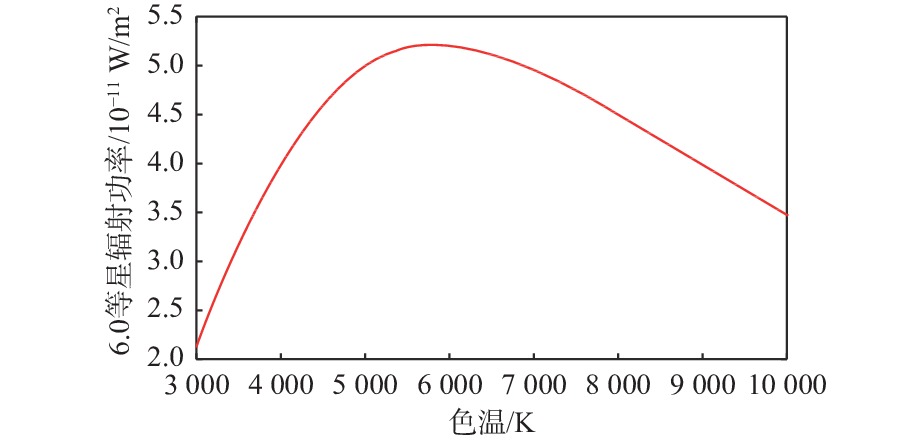
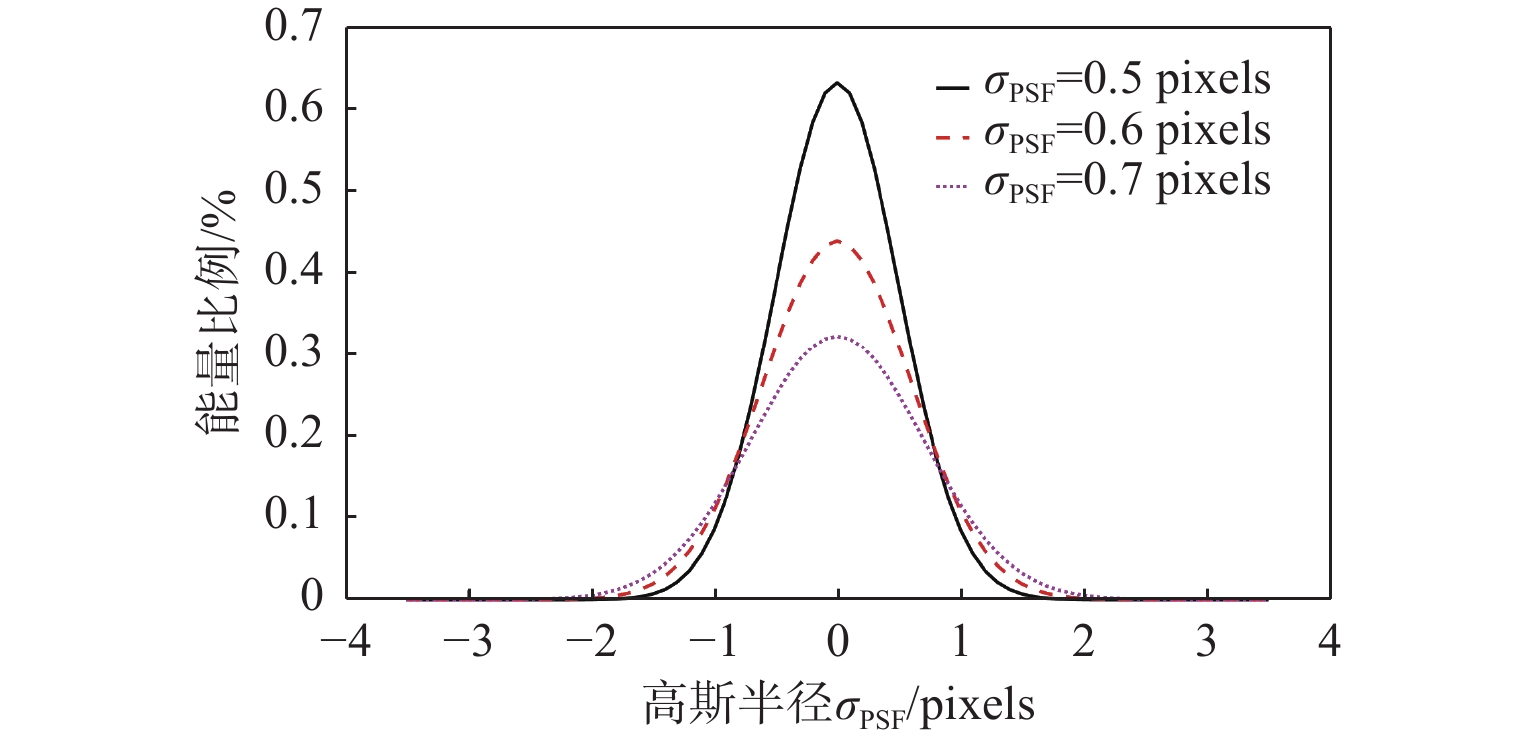
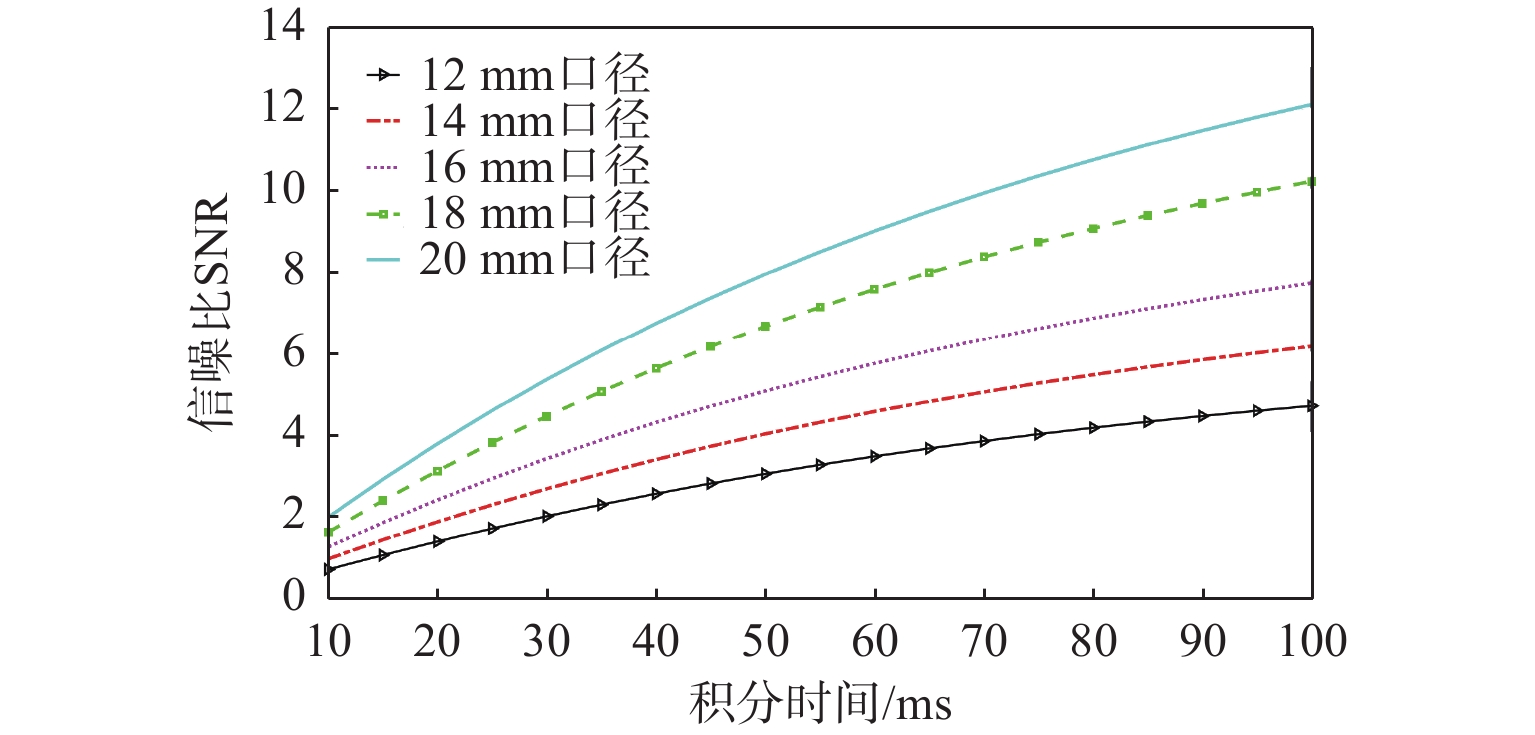
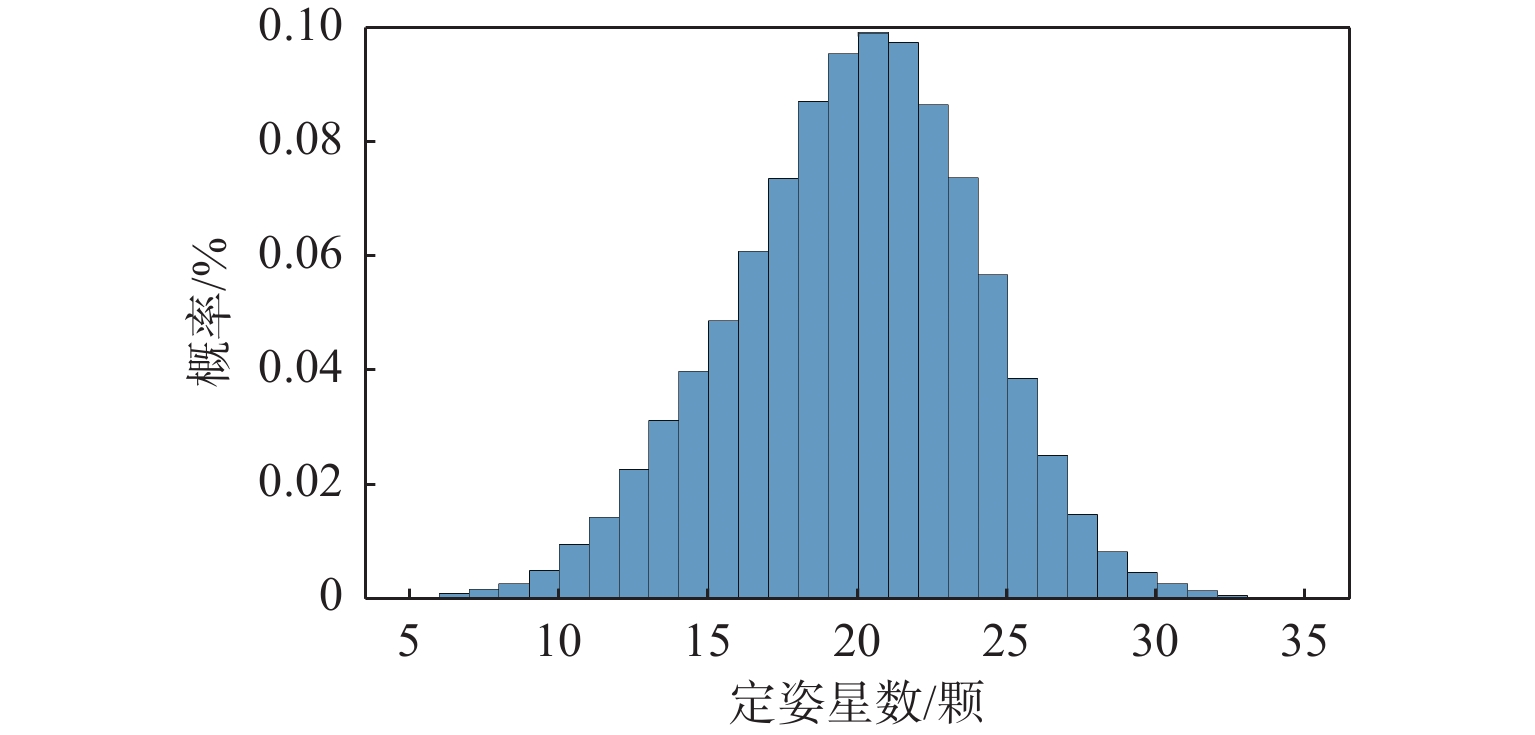
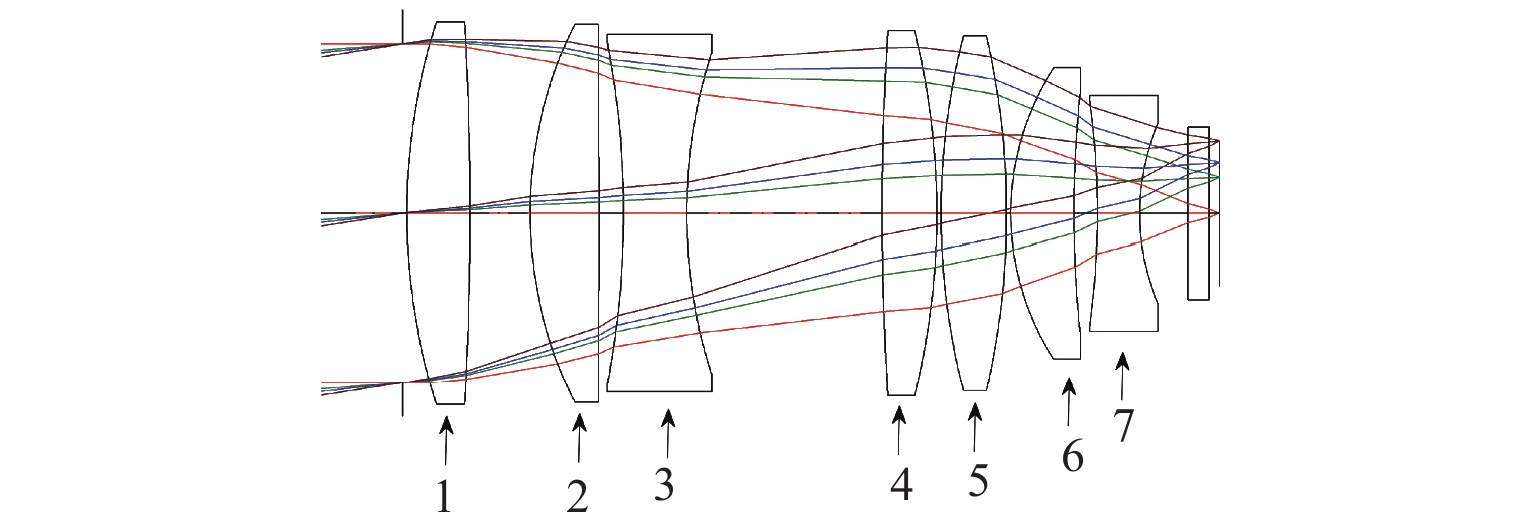

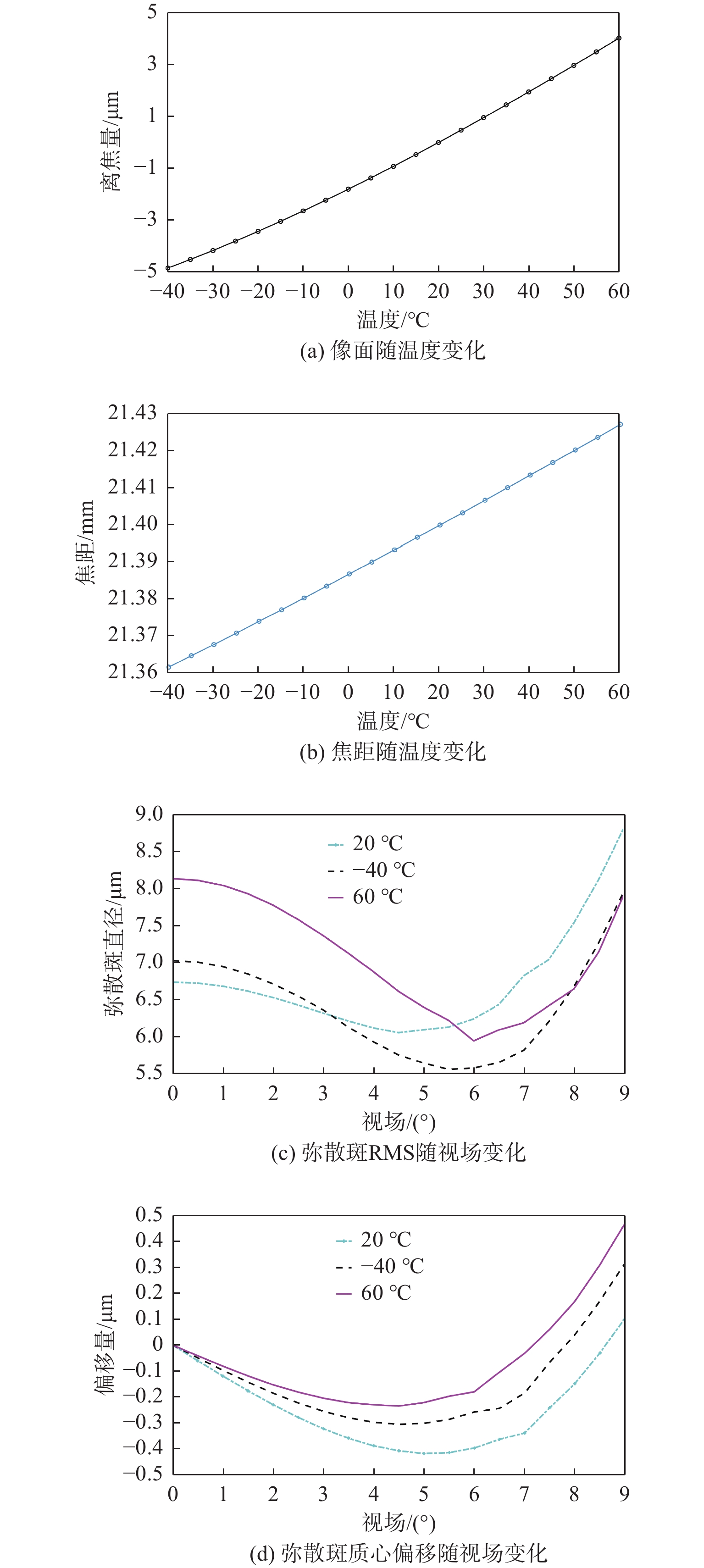
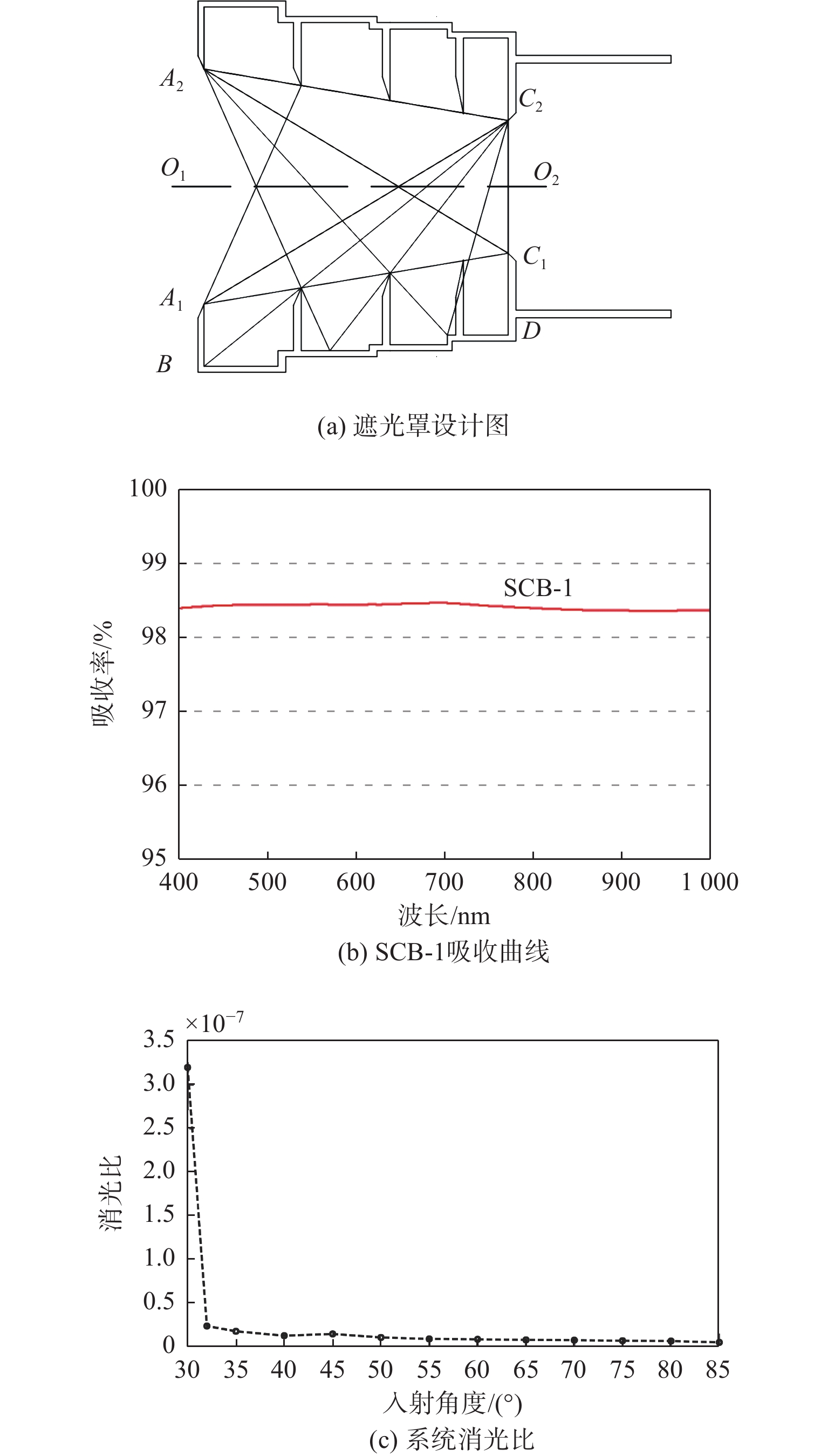
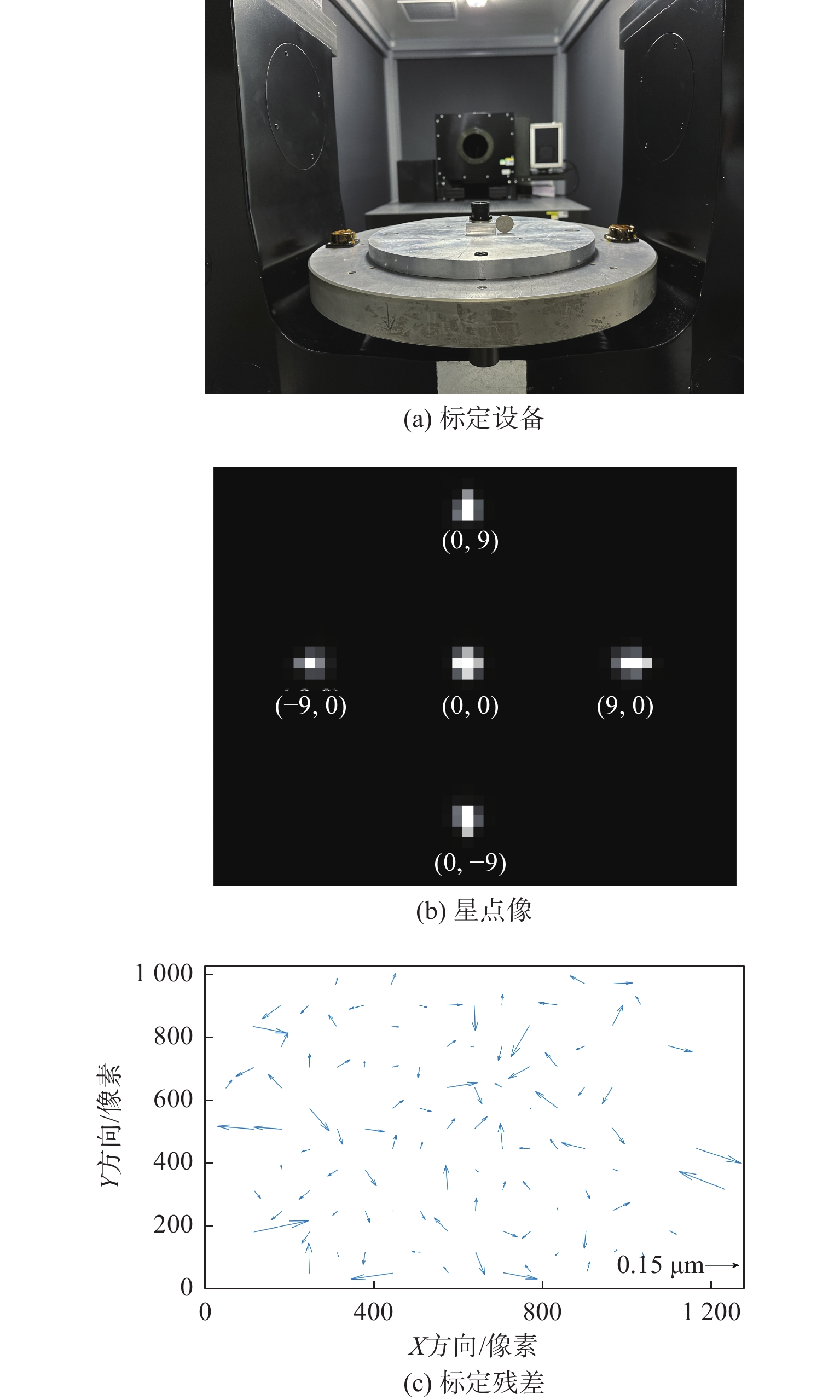



 陕公网安备 61011302001501号
陕公网安备 61011302001501号 